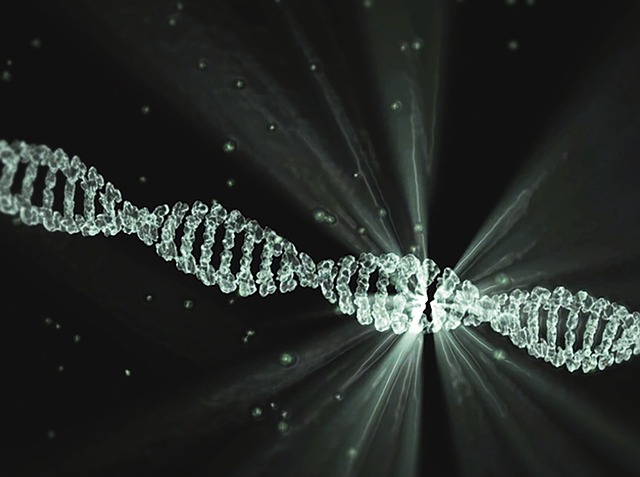Some growths do not show up until many years after the initial harm occurs. Sneaky behavior also makes these illnesses tough to link back to earlier contact with harmful agents. This means an individual might handle a risky substance on the job, feel fine for decades, and then face a…
Tag: Oncology

Ollier’s Disease and Maffucci Syndrome : Mnemonic
Ollier’s disease Maffucci syndrome
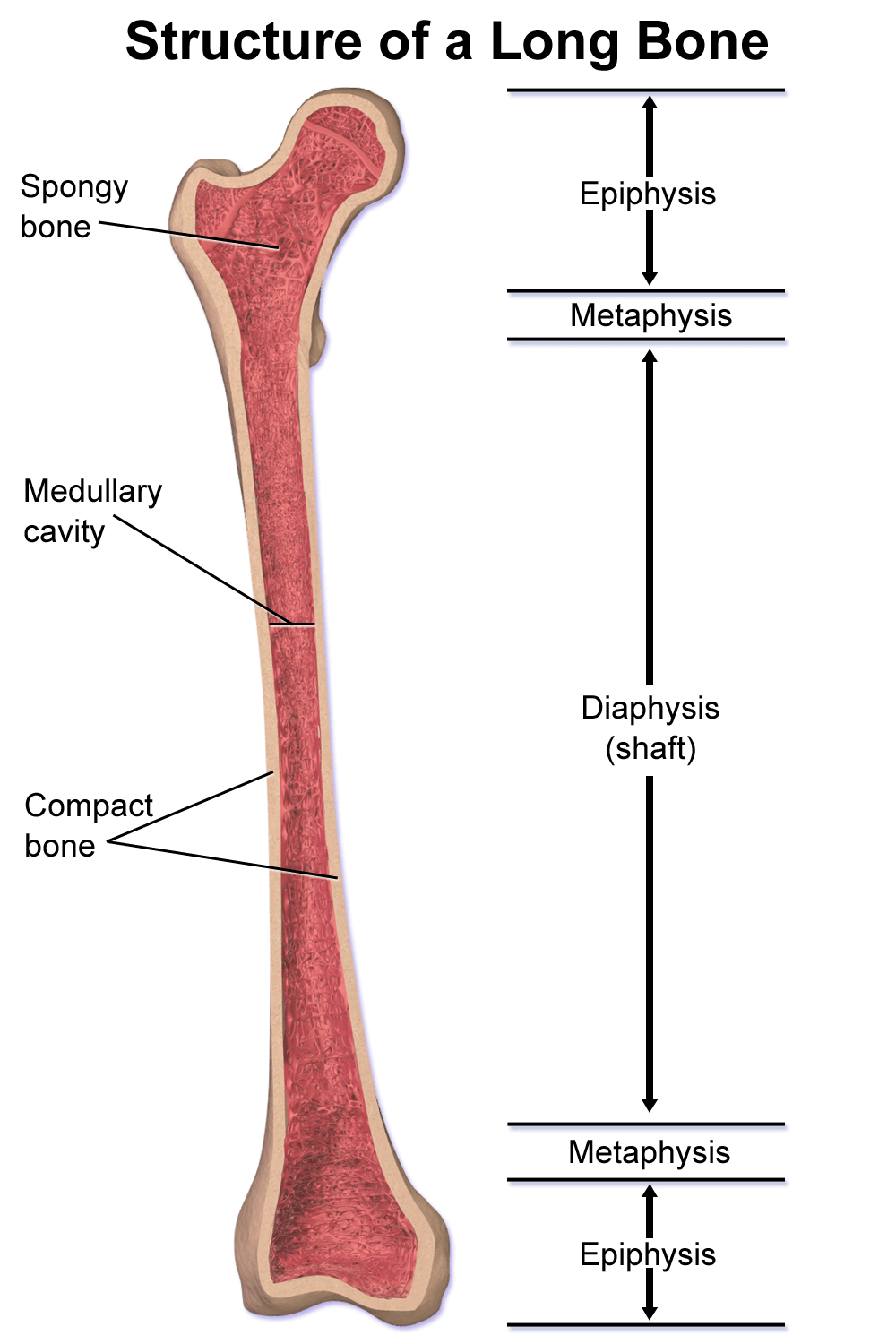
Metaphyseal lesions : Differential Diagnoses
Lesions Age Demographics Site Presentation Imaging Treatment Comments Acute Osteomyelitis Bimodal (<2 years and 8-12 years) M:F = 2:1 Distal femur, Proximal tibia Pain, refusal to bear weight, erythema, warmth, fluctuance, tenderness Lags 2 weeks behindDestruction of bone, periosteal reaction (lamellated, hair on end), new bone formation 1. Antibiotics2. Surgical…
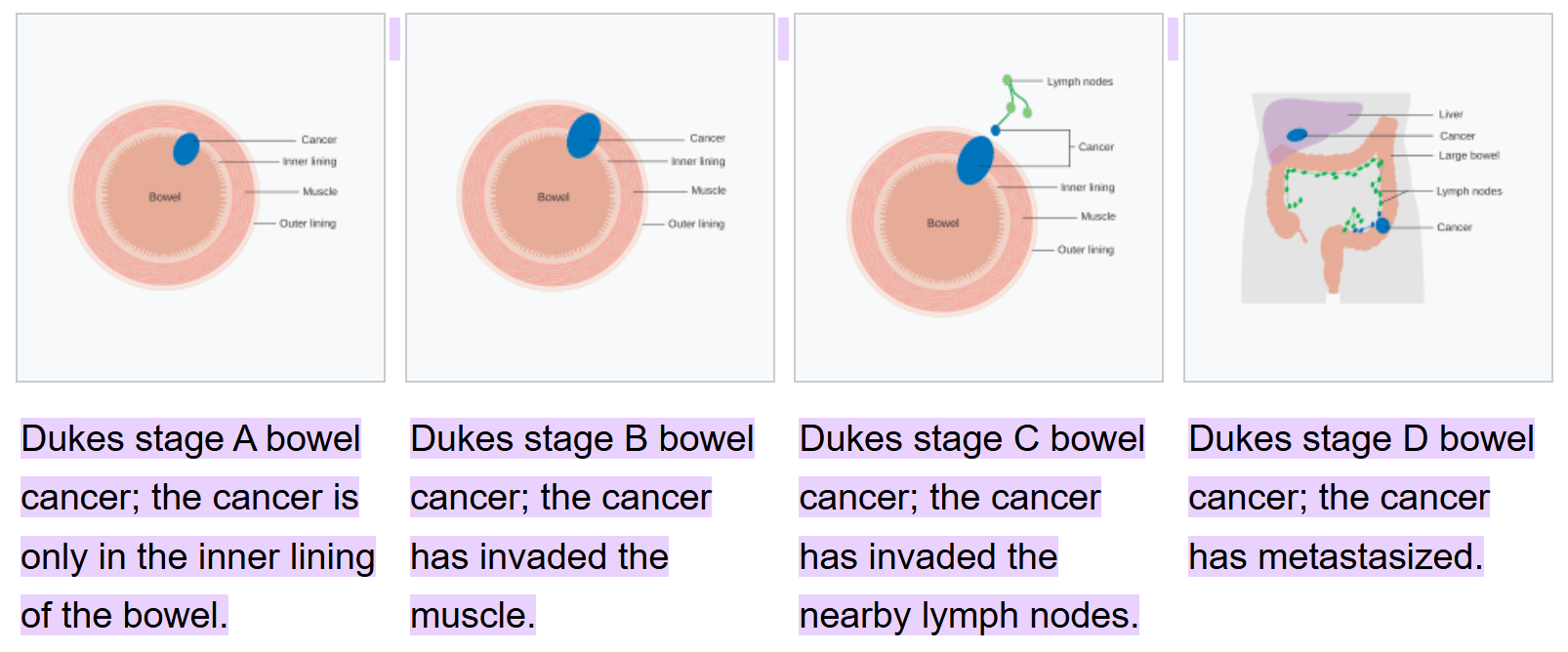
Colorectal carcinoma – Duke Staging and Management
TNM stage Duke’s stage Description 5 yr survival Surgery Chemotherapy Radiotherapy 0 – Tis, N0, M0 Limited to mucosa >95% Local excision/polypectomy → Surveillance No No Mnemonic I – T1-2, N0, M0 A A-Ok limited to bowel wall only 90% Wide surgical resection + Anastomosis No No II – T3-4,…
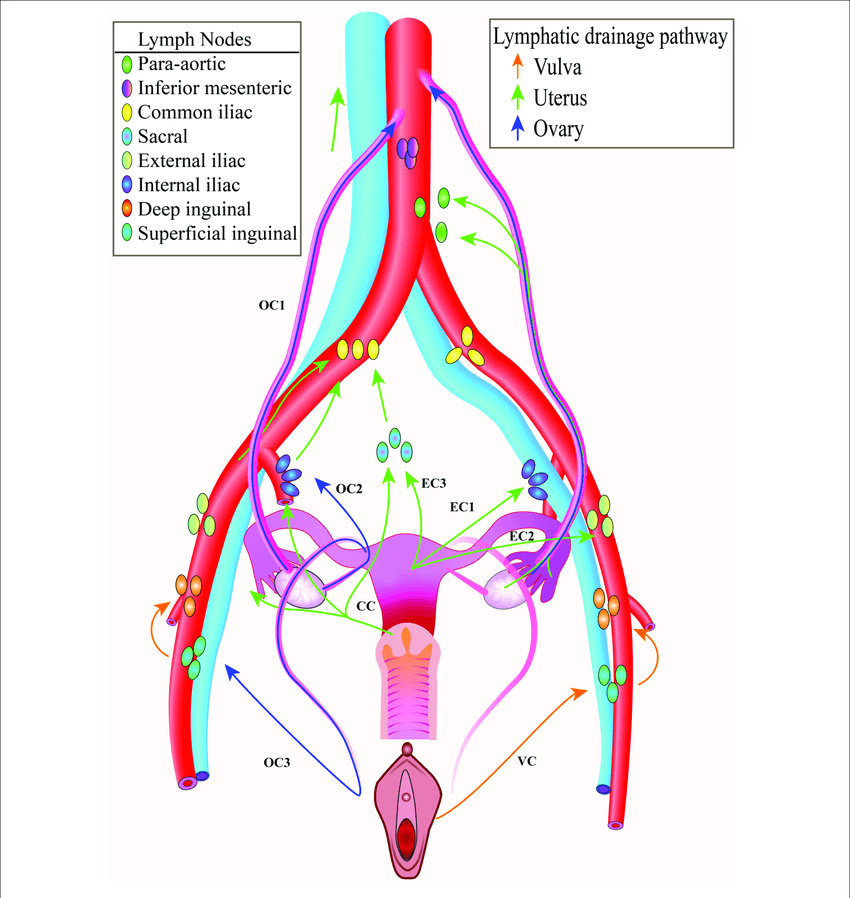
Pelvic Lymphatic Drainage
1. Para-aortic (lumbar) nodes: Gonads (derive blood supply from kidneys) 2. Inferior mesenteric nodes: As of blood supply – to the structures derived from hindgut 3. Common iliac nodes: Receives external and internal iliac nodes; Drains into para-aortic nodes 4. Superficial inguinal nodes: Everything that can be touched with fingers…

Lung Cancer : Mnemonics
Types Most common cancer: Metastases Primary lung cancer: Type Frequency Location Association Features Small (oat) cell carcinoma 15% Sentral (central) Smoker Neuroendocrine differentiation (Kulchitsky cells)Aggressive (disseminate early – lymphadenopathy)Paraneoplastic syndrome (ACTH, ADH, Antibodies – Lambert eaton)InoperableChemosensitive Adenocarcinoma 40% Peripheral Non-smoker (most common) k-Ras, EGFR, ALK mutationsNodule/massHypertrophic osteoarthropathy (clubbing)Bronchio-alveolar subtype (pneumonia-like):…
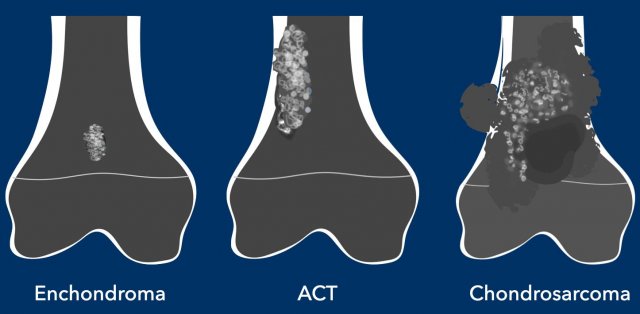
Enchondroma vs Chondrosarcoma (low grade) : Mnemonic
Among cartilaginous tumors, 2 pathologies can be misleading when trying to reach a correct diagnosis: enchondroma (E), a benign tumor, and low-grade chondrosarcoma (LGC), which is a low-aggressivity malignancy. This can be a problem when deciding treatment because E only requires regular follow-up, but LGC needs surgical treatment. Mnemonic: ABCDE…
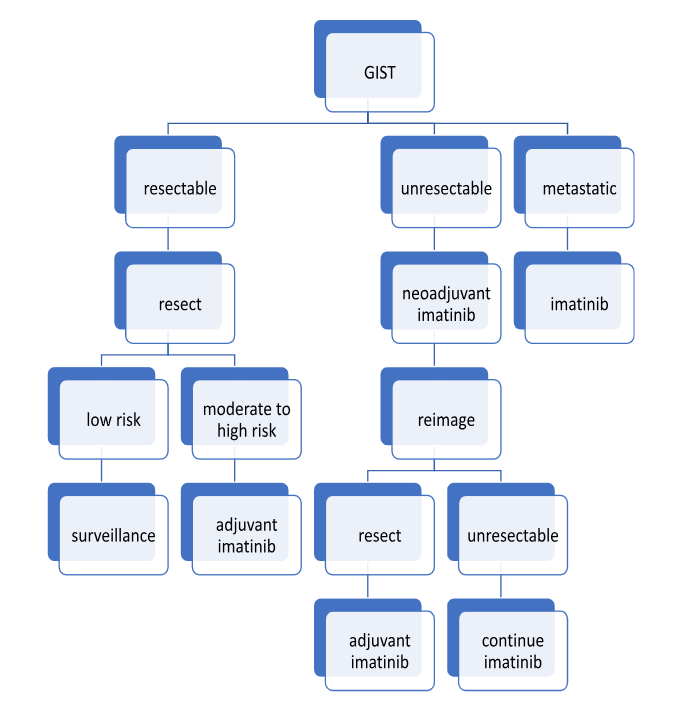
Gastrointestinal Stromal Tumor (GIST) : A Comprehensive Review
Introduction: Other facts: Clinical features: Diagnosis: Role of biopsy/tissue diagnosis in GIST (current consensus): Treatment: High risk features: Choices of surgery: Aim of surgery: Prognostication: Malignant potential Comments Mortality Benign Size: up to 2 cmMitosis: up to 5/50 hpf No tumor related mortality Probably benign Size: 2-5 cmMitosis: same as…
